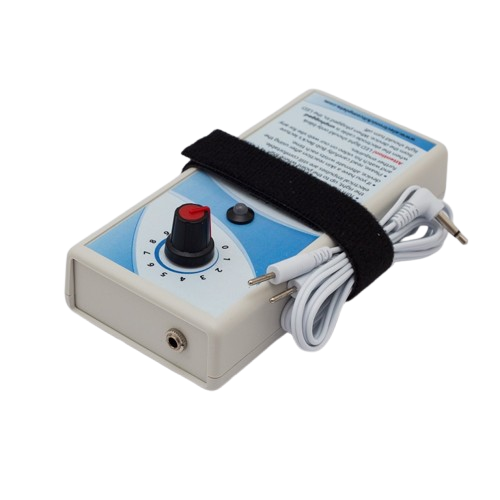Key Points on Electrical Treatments in Healthcare
- Electroconvulsive Therapy (ECT): ECT is a procedure in which electric current is delivered to the brain through electrodes placed on the scalp, inducing a controlled seizure. It is used to treat severe depression, bipolar disorder, and other psychiatric conditions.
- Transcranial Magnetic Stimulation (TMS): TMS involves the use of electromagnetic pulses delivered through the scalp to stimulate brain cells. It is used for the treatment of depression, migraines, and other neurological disorders.
- Deep Brain Stimulation (DBS): DBS is a surgical procedure in which electrodes are implanted in specific deep brain structures. These electrodes emit electrical impulses to help regulate neurological disorders such as Parkinson’s disease, tremors, and other movement disorders.
- Electromyography (EMG): EMG is a diagnostic method that measures the electrical activity of muscles using electrodes. It is used to assess muscle disorders, nerve injuries, and other neurological issues.
- Transcutaneous Electrical Nerve Stimulation (TENS): TENS involves the use of small electrical devices that deliver mild electric impulses through electrodes placed on the skin. This method is frequently used for pain relief, especially in chronic pain conditions.
- Electrotherapy: Electrotherapy is a general term encompassing various treatment methods that utilize electrical energy. This can include the use of electric currents to promote the healing of injuries, alleviate pain, and improve muscle function.
- Implantable Cardioverter-Defibrillator (ICD): An ICD is a device implanted in the chest that uses electrical shocks to regulate irregular heart rhythms. This device is used in patients with arrhythmias or at risk of cardiac arrest.
- Electrocardiography (ECG/EKG): ECG is a diagnostic test that records the electrical activity of the heart using electrodes placed on the skin. It is used to evaluate heart function, detect abnormalities, and assess cardiac health.
Please remember that the information provided here is for informational purposes only and should not replace professional medical advice. Always consult a qualified healthcare provider for personalized information and guidance based on your medical condition.
